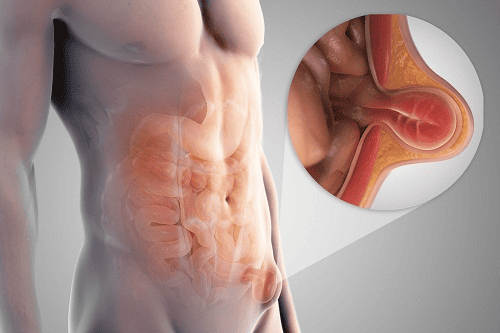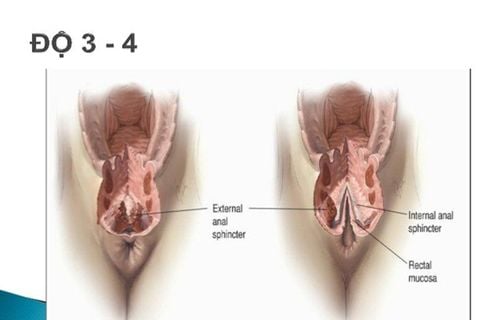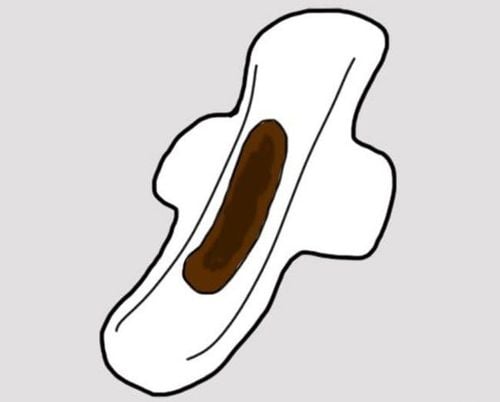This is an automatically translated article.
The article is expertly consulted by an Anesthesiologist, anesthesiologist, anesthesiologist - Department of General Surgery & Anesthesia - Vinmec Hai Phong International General Hospital.Epidural analgesia is a regional anesthetic technique that is currently commonly applied to most pregnant women who give birth naturally. This method helps the mother reduce pain during labor and experience more comfortable moments while the baby is born.
1. What is an epidural?
Epidural analgesia is a regional anesthetic technique that is performed by injecting local anesthetic into the epidural space to inhibit nerve conduction in a certain area of the body innervated by nerve roots. This technique is currently one of the most effective and versatile techniques available to the anesthesiology profession today. It is the only regional anesthetic technique capable of being performed in virtually any position of the spine and has many important clinical applications.Epidural anesthesia is used more flexibly by physicians than spinal anesthesia, allowing the anesthesiologist more options for analgesia, analgesia, and for the diagnosis and treatment of a variety of conditions. symptoms or chronic illness. In addition, this technique of regional anesthesia is also used in combination with endotracheal anesthesia, which helps to reduce the depth of anesthesia, thereby stabilizing hemodynamics during anesthesia. Moreover, epidural anesthesia is also highly effective in pain relief in the acute period of postoperative pain, helping patients recover faster after surgery, and helping pregnant mothers feel painless childbirth.
Epidural anesthesia has the effect of reducing the adverse physiological response caused by surgery (such as pregnant women with vaginal delivery or cesarean section, increased autonomic nervous system activity, cardiovascular depression, tissue damage, increased metabolic rate, lung dysfunction and immune system disorders). Thoracic epidural analgesia helps to reduce the incidence of myocardial infarction and pulmonary complications after surgery, as well as the effect of promoting rapid return of intestinal motility, reducing the activation of the coagulation system.
Currently in the world, the epidural technique is being widely applied in the management of acute pain after major surgery in body areas such as chest, abdomen and lower extremities. In Vietnam, this technique of regional anesthesia has also been studied and started to be applied since the 1960s. Up to now, epidural anesthesia has been widely applied by doctors to conduct anesthesia for surgery. and pain relief after surgery. The doctor may prescribe epidural analgesia by continuous infusion (Continuous Epidural Infusion) or patient controlled epidural analgesia (Patient Controlled Epidural Analgesia), allowing good control of the epidurals. pain after surgery.
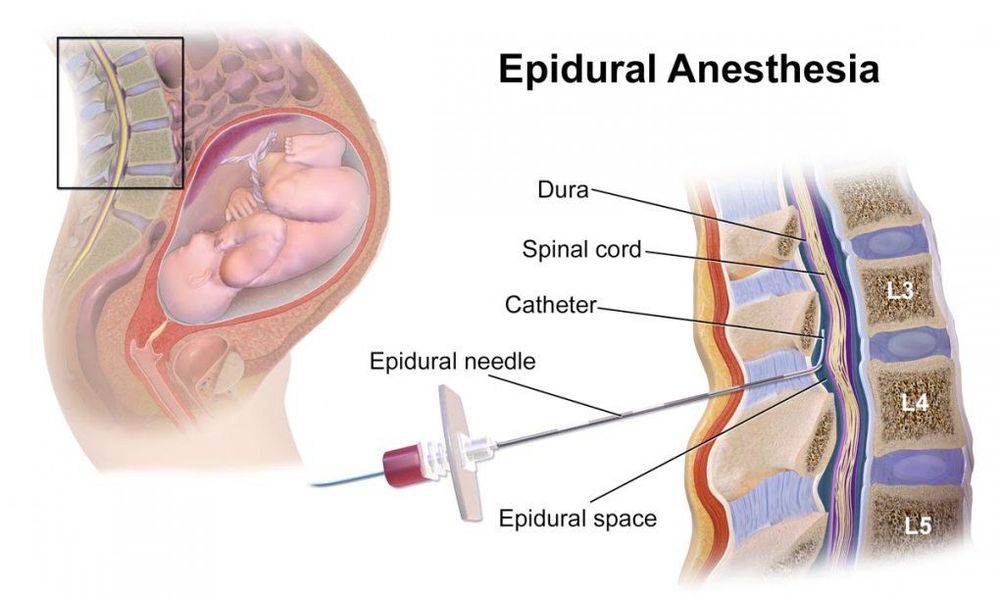
Thuốc gây tê được đưa vào vùng ngoài màng cứng
2. The process of performing regional anesthesia for pregnant women with gentle labor
Usually, in cases where a pregnant woman chooses to undergo regional anesthesia in the first place, the doctor will wait until the cervix is dilated to 4-5 cm before starting to administer anesthesia. The process of epidural anesthesia is performed according to the following steps:Step 1: The pregnant woman prepares in a lying position, curled up or sitting at the edge of the bed as directed by the doctor. Step 2: The technician disinfects the back area. Step 3: The anesthesiologist will inject anesthetic into the lower back of the pregnant woman. Step 4: A catheter is inserted through the needle, the needle is withdrawn and the catheter is fixed. Step 5: The doctor injects a test anesthetic to locate the epidural at the spine. Step 6: Carry out the full dose of local anesthetic into the epidural space. During regional anaesthesia, the mother and fetus must be continuously monitored. After anesthesia, women temporarily lose pain relief in the pelvic back, but can still move the legs and upper body. In addition, pregnant women remain conscious throughout labor and delivery. Step 7: The pregnant woman will continue to receive anesthetic in accordance with the standard dose throughout the entire birth process. Step 8: After the mother finishes the birth process, the infusion tube is removed gently, painlessly. For caesarean sections, the catheter is retained for continued post-operative pain control.
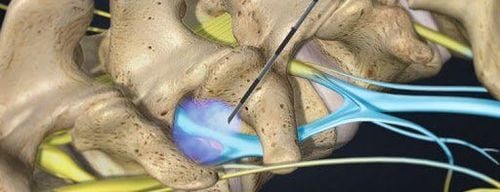
Thuốc tê sẽ tạm thời ngăn chặn tín hiệu đau từ vùng cổ tử cung và tử cung đến não
3. Contraindications to epidural anesthesia
If falling into one of the following cases, pregnant women who are about to give birth may not be assigned to perform this painless delivery method using this epidural technique:Have been using effective drugs blood thinners during pregnancy. Blood quality is not up to standard, affecting blood clotting. Pregnant women with inflammation in the back area. Pregnant women with severe heart or liver disease. Epidural anesthesia is one of the most effective measures that can help pregnant women give birth without pain during vaginal delivery or cesarean section. However, not everyone is qualified to perform this technique of regional anesthesia. In case the pregnant woman is contraindicated with the epidural technique, the doctor can choose other indirect ways to reduce pain during labor, helping the mother to be more comfortable when the baby is born. love was born.
Epidural anesthesia technique has been applied at Vinmec to help pregnant women experience painless and successful labor. At Vinmec, there is a team of experienced and professional anesthesiologists who will help. mothers experience the safest painless delivery.
Please dial HOTLINE for more information or register for an appointment HERE. Download MyVinmec app to make appointments faster and to manage your bookings easily.




